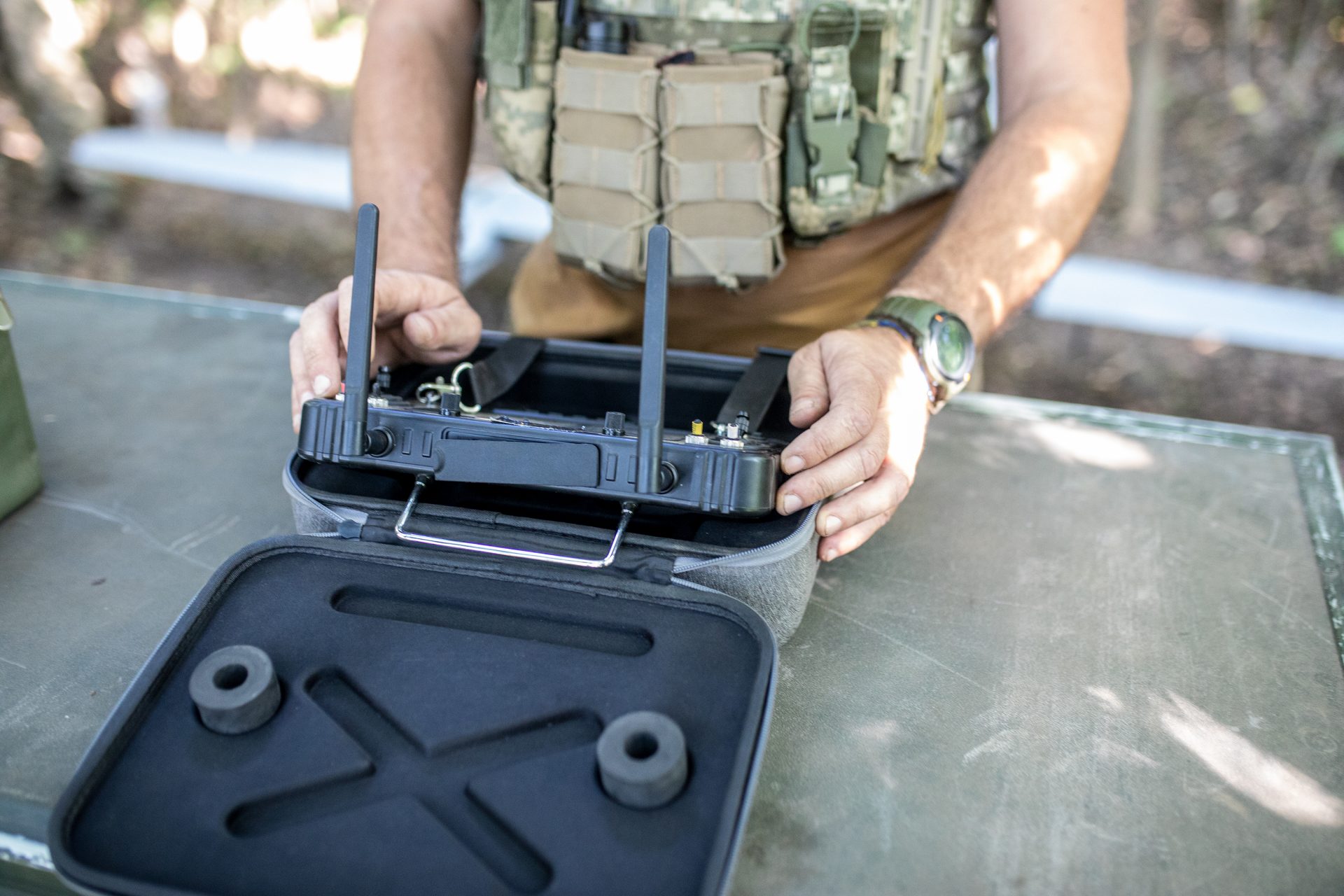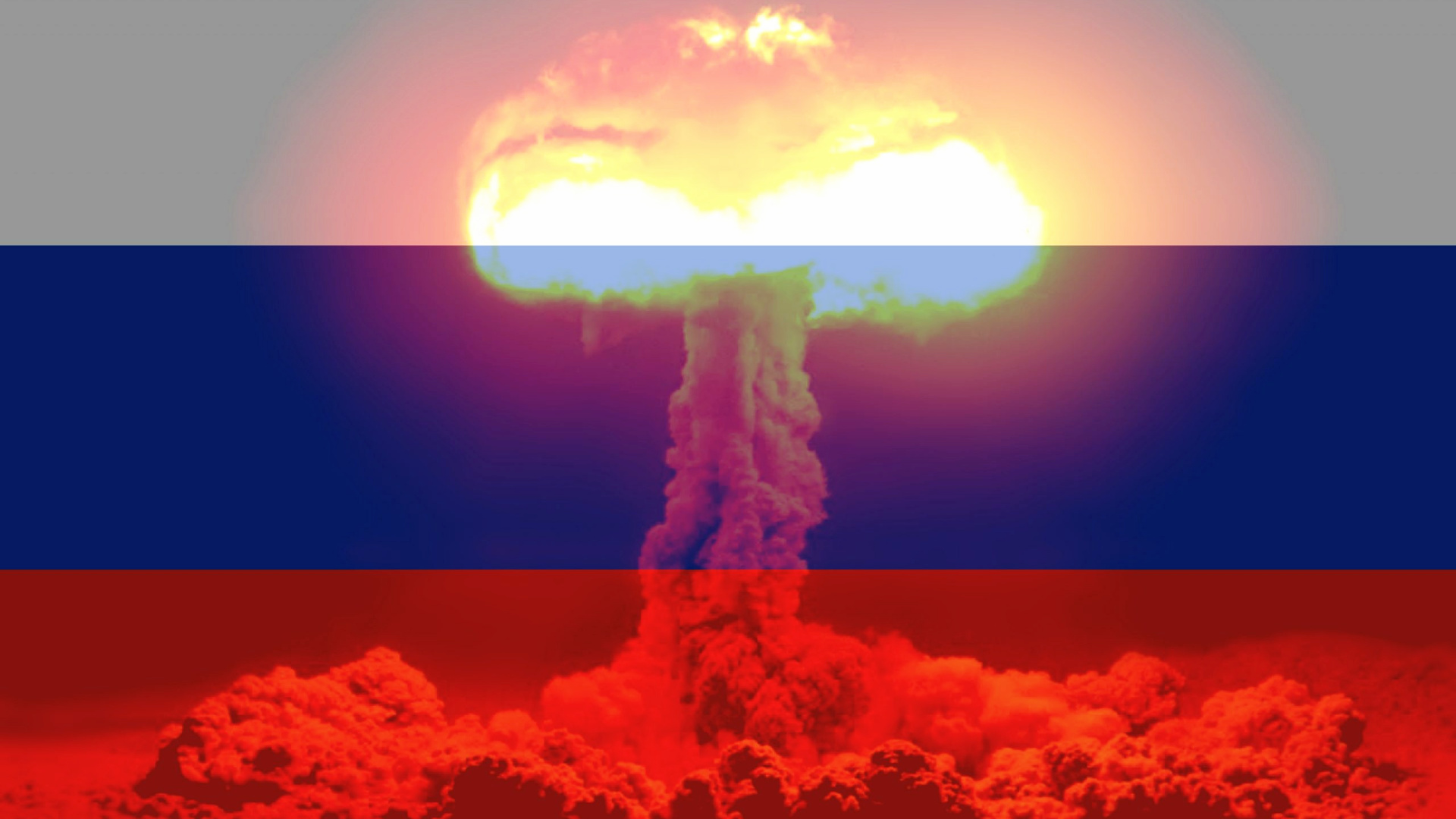Do you know where the most remote place on Earth is?
Our planet still harbors thousands of secrets, especially for ordinary people. There are unknown places, yet to be discovered, and others that we know rather little about.
There is a place, that, due to its poor conditions for marine life and its inaccessibility, has become a graveyard for space objects. It’s called Point Nemo.
Image: Sarah Lee/Unsplash
Point Nemo is located in the middle of the Pacific Ocean, far from the mainland and from territories where there is human life.
Photo: Unsplash - Yucar FotoGrafik
In fact, the closest land areas to this point are no less than 2,688 kilometers away!
Photo: D. García Castellanos. U. Lombardo Scottish Geographical Journal
According to data from the Ocean Service of the National Oceanic and Atmospheric Administration (NOAA), the exact location of what they have called the 'Pole of Inaccessibility of the Pacific' is at 48°52.6' south latitude and 123° 23.6' west longitude.
Photo: Timwi
The closest coasts are those of Ducie Island, to the north; Maher Island in Antarctica, to the south; the Chatham Islands, in New Zealand, to the west; and Chilean territory to the east.
The closest humans to Point Nemo are not even on Earth - the astronauts on the International Space Station are! The ISS orbits at a maximum of 416 kilometers from Earth and is at even a shorter distance when it flies over Point Nemo.
The marine life in Point Nemo is "the least biologically active region of the ocean in the world", as expert oceanographer Steven D'Hondt, explained to the BBC.
According to D'Hondt, at Point Nemo there is not much diversity of animal species, neither on the surface nor on the seabed, which is a space that’s “practically lifeless”.
This is due to its location in what is known as the South Pacific Gyre, a huge rotating current that blocks the entry of colder waters rich in nutrients.
Photo: NASA
In addition, there is the fact that, being so far from land, it prevents the wind from transporting a lot of organic matter which serves as food that’s necessary for the maintenance of animal life.
All these conditions make Point Nemo the ideal place for space agencies around the world to calculate the re-entry trajectory during their "de-orbit" process and where they lead spacecraft out of orbit.
It is, in fact, the place where NASA intends for the International Space Station (ISS) to end, since it must be dismantled and reconfigured in the year 2024.
At Point Nemo, there are other mythical space stations, such as the Russian Mir, which has been there since 2001. There are also six stations from the Soviet Saliut program.
One can also find numerous ships that have been used to service the International Space Station over the years. There’s as many as 263, discarded between 1971 and 2016.
Image: NASA/Unsplash
The objective of space agencies when using Point Nemo is to prevent any space debris from falling on the earth's surface that could be a danger to humans.
This is why the space agencies of many countries: the United States, Russia and Japan, mainly, direct their ships or satellites towards this point.
Image: Eric Tompkins/Unsplash
Archaeologist Alice Gorman, from Flindres University in Adelaide, Australia, says that as is the case with shipwrecks, “habitats are created and colonized by anything that lives in those depths".
The only danger to life forms there, Gorman notes, would be in the event of fuel spillage from these ships. The rest, she assures, "should not represent a threat to aquatic life".
Point Nemo is named after the character that the writer Jules Verne created for his '20,000 Leagues Under the Sea', taking into account that Nemo is a Latin word that means 'no one’.
It was discovered, or rather calculated, by the Croatian-Canadian engineer and topographer Hrvoje Lukatela in 1992, who was looking for the most remote place on Earth.
To do this, Lukatela used high-precision computer software to give a numerical resolution of about 1 millimeter.
He did so based on data from the Digital Chart of the World, compiled by the United States Defense Mapping Agency, now known as the Agency National Geospatial Intelligence.
It was through Lukatela’s hand and that of an important research team that this space could be located.
Thanks to them, today there’s a particular place to get rid of this space debris, affecting both humans and marine life in the least possible way.
Image: SpaceX/Unsplash
What will become of Point Nemo in the future, no one really knows. Will it be sustainable and beneficial for everyone in the long term? Only time will tell.
Image: NASA/Unsplash
More for you
Top Stories







































